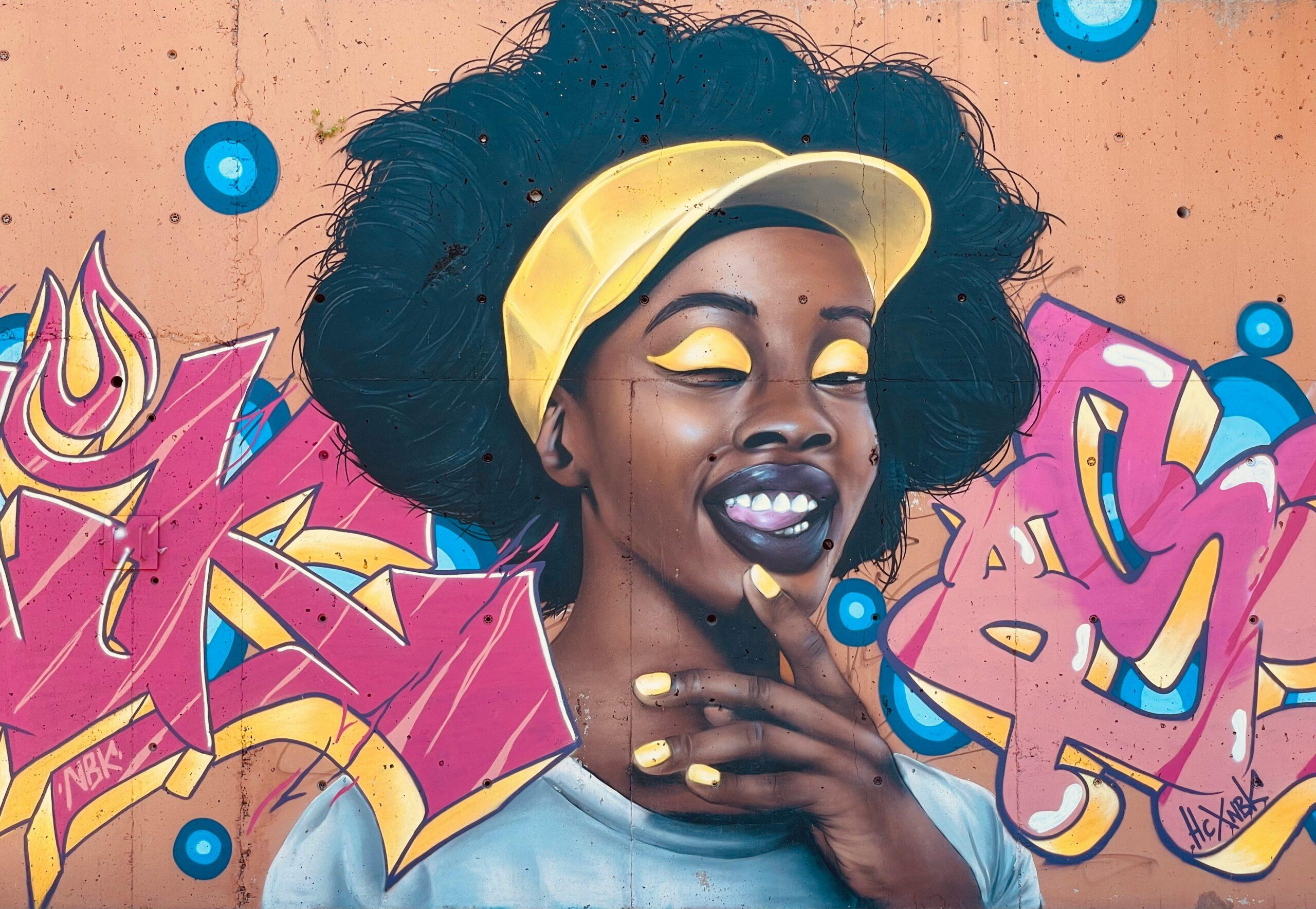The Academy Has Taken Steps To Ensure More Diversity But Is It Enough?
2016. What a year, eh?
If there’s an upside to 2016, it was that many of us took all that energy from a tumbling 365 day spin cycle around the sun (a time otherwise believed to have been spawned straight from the fiery gates of the Mordor) to advocate louder, stronger, and more collectively to protect and stand alongside vulnerable groups targeted or ignored within our society.
This included a huge a vocalized surge during February of last year, against the white-out of Oscar nominees. One hashtag throw down later (i.e. #OscarsSoWhite), one year later, and just a few days away from the event, things seem to be looking up.
This year, the Academy has taken several steps to ensure more diversity and inclusion at its award show. Concurrently, three movies starring black actors have been nominated for the big awards, including Moonlight, Fences, and Hidden Figures.
But just because the Academy responded positively to last year’s feedback, doesn’t mean we should count on this to be an industry changing trend that will stick around in the future.
The best way to describe the Academy’s actions is cosmetic. It is similar to what we see in America’s corporate workplace diversity initiatives that spend millions of dollars in ‘fixing’ what appears to be the problem (the complaint), only to realize that by not addressing the underlying cultural and structural issues within the organization, the problems remain (or in some cases, get larger).
Although the Academy has taken steps to assure a more diverse group of members, currently only 27% of its 7,000 voting members are women. Further, only 11% of its members are people of color. It’s scary to think what those numbers were like before, but, cringeworthy to acknowledge that this increase is what constitutes the Academy’s most substantial structural change. This cosmetic change is significantly small, and very limited in the kinds of voices, preferences, and nominations and choices those within the Academy will make.
Of course, there was a noticeably marked increased in nominations for people of color this year. After all, when the bar for nominations is zero, anything above nothing looks more promising than not.
But make no mistake – these nominations are not walk-over pieces shooed in as placeholders to satiate the call for diversity. These movies, including Moonlight, Hidden Figures, and Fences – stand by themselves as deeply competitive and awe-inspiring performances that reveal the psychological depth and complexity of the human condition across its multi-faceted forms.
But while diversity in all its forms is important, does diversity need to speak solely to diversity in order to be nominated for an Oscar? Two of the three films involving African American leads have racial issues as central themes in their films. Only in one movie, Moonlight, is the theme of sexuality spotlighted – with the component of race intersecting to support the complex and multidimensional narrative of people of color grappling with circumstances both outside of, and as part of racial issues.
Further, the Academy seems to have once again ignored the Asian and Hispanic community this year. In the past five years, no Asian or Hispanic woman has been nominated for any one of the five major categories. Further, of the 125 nominations within those categories during the past five years, only two Asian and one Hispanic man have been nominated.
This year, one of those nods has been given to Lion for best picture – the story of an adopted Indian boy who goes back to his country of origin to find the parents he lost as a child. The film ironically stars Dev Patel, the Indian actor who took home a best picture win in 2008 for SlumDog Millionaire. While we all love Dev, over 1.2 billion people live in India, which has a thriving and lucrative cinematic industry of its own – Bollywood. This brings about an existential question for the Academy…. is Dev Patel the only Indian actor Hollywood can find that’s worthy of being cast in an Oscar -caliber movie?
And there’s the rub. The issue with the Oscars isn’t just the Oscars – it is Hollywood. It is the casting. It is the screen writing. It is the directors and producers and the lack of diversity and inclusion in all areas of film. And despite what steps the Academy may or may not take to bring about more diversity and inclusion the responsibility of creating stories, of casting leads authentic to the origins of these stories, and of producing films outside of a white narrative, are the responsibility of the industry at large.
Unfortunately, Hollywood has proven time and time again that it moves cyclically in its call to champion diversity. Over 20 years ago, Asians were ’embraced’ by Hollywood through The Joy Luck Club. Hispanics had ‘broken’ through when Penelope Cruz and Jennifer Lopez became icons. And when Halle Berry stood before us on Oscar night in 2002 to accept the best actress award for Monster’s Ball, we all believed that she opened the door for more Black actresses to win the award.
Yet here we are. In 2017. Waiting.





